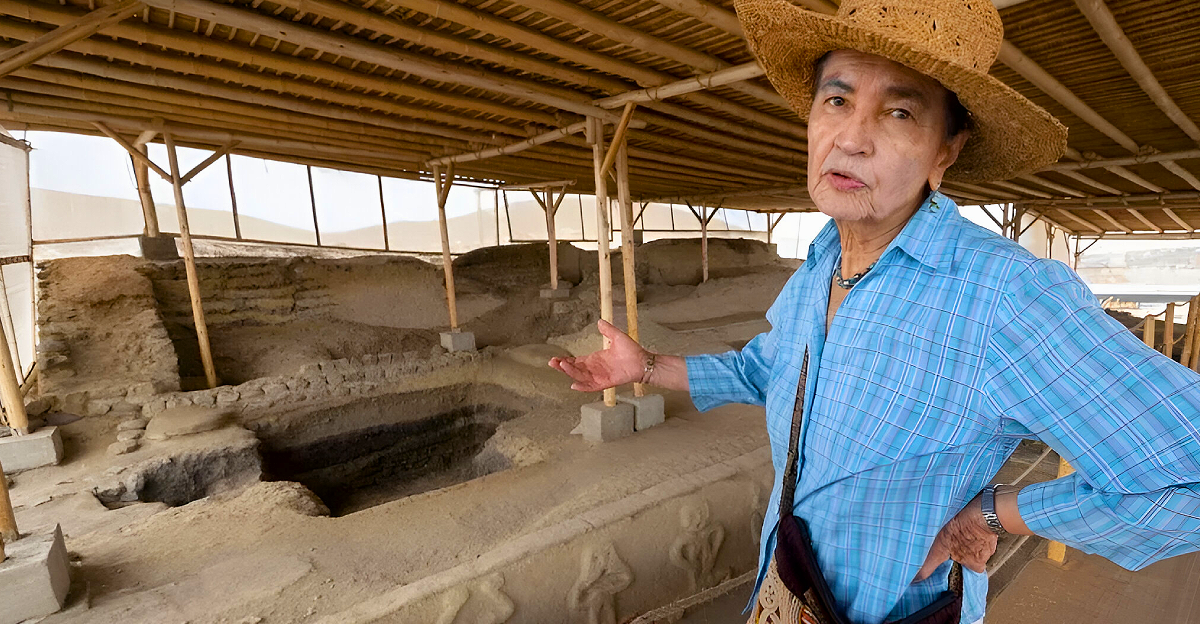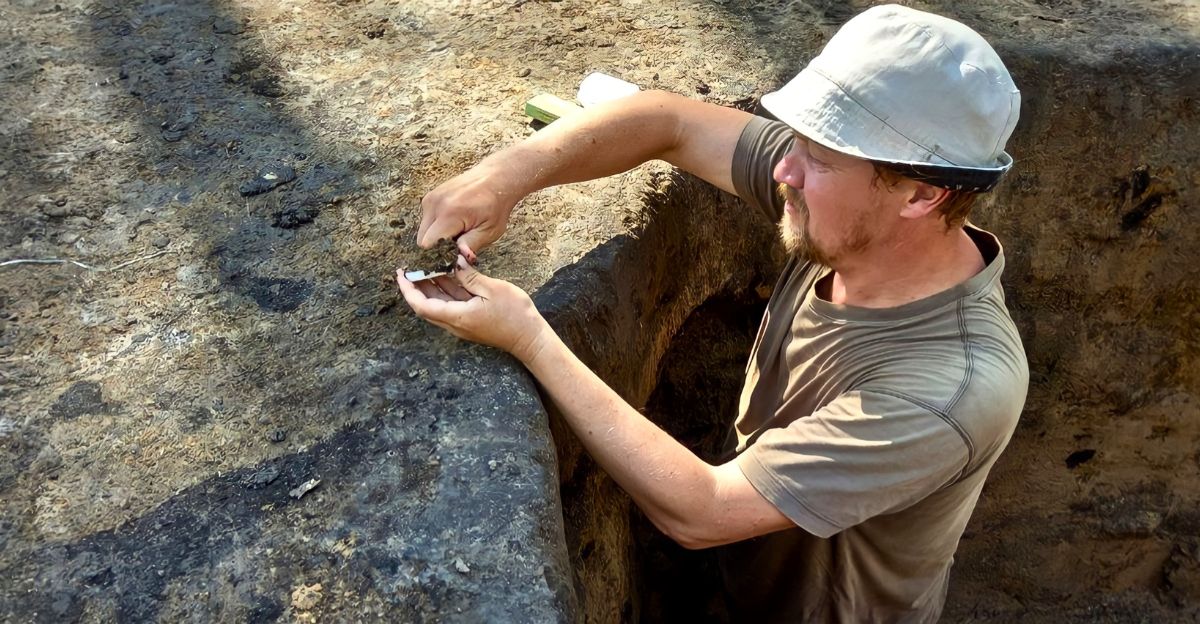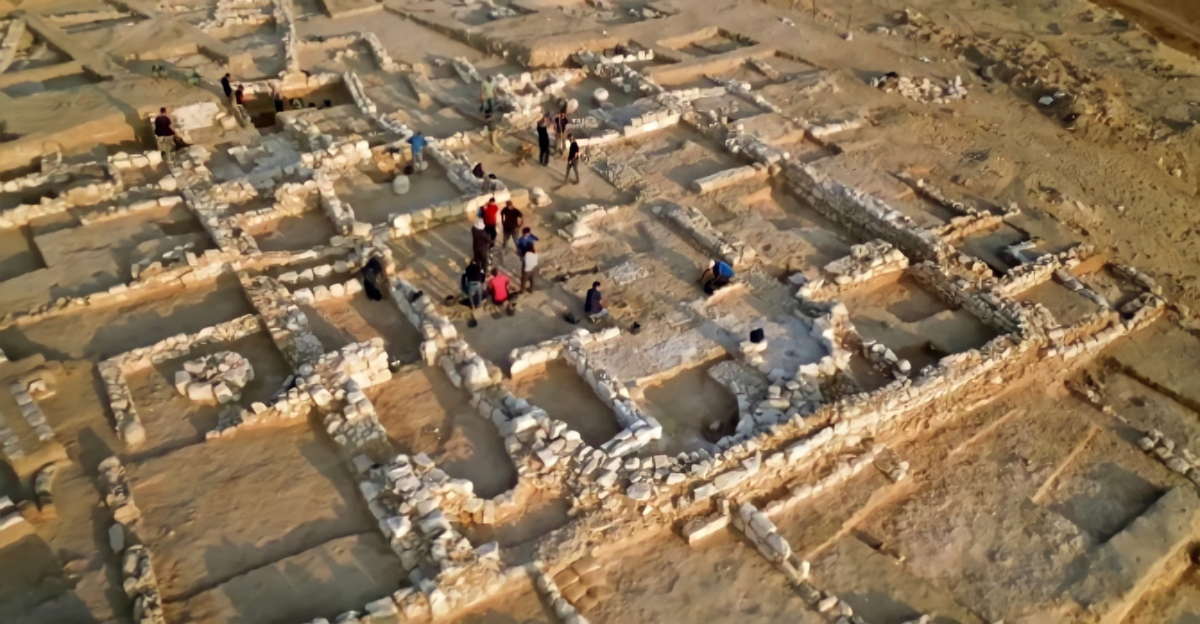
For many years, the existence of water on the Earth was believed to be primarily a ‘surface phenomenon’. However, recent discoveries made by geologists and published in a study in Nature depict a very different story. According to the study, scientists have found an ocean underneath the Earth’s surface, roughly 400 miles below. This discovery is changing a lot about how we believe the Earth functions and how we speculate the oceans work. Let’s take a look at this amazing discovery, and see what it holds.
A New Perspective

In 2022, geologists were amazed by the discovery of a rare diamond in a diamond mine in Botswana, Africa. The diamond contained traces of a mineral known as ringwoodite. The tricky thing about ringwoodite is that it’s generally believed to be formed deep within the Earth’s mantle, roughly 400 miles below. Another interesting fact about ringwoodite is that it tends occur when there’s a signifcant prescence of water that is forced into diamond form with other minerals at high temperatures and pressures.
Startling Evidence

The evidence of ringwoodite is quite startling. Scientists, like Steve Jacobsen, now believe that it suggests that there is a lot more water below the Earth’s surface than we once thought possible. In fact, he suggests that there’s a likelihood that as much or even more of all the water contained in the oceans on Earth can also be found under the Earth’s surface. He suggests that it could have been absorbed into the mantle below, and is playing a huge part in how the geological processes of the Earth function.
The Deep Earth Water Cycle

Scientists have long surmised that the oceans of the Earth and the layers underneath it’s surface have been in relation to one another, but have generally lacked direct evidence to support the claims. The recent discovery of ringwoodite basically helps prove the theory that water from the oceans slips into the Earths crust and mantle via the tectonic fault lines that lie across the Earth’s surface. This water then makes its way back to the surface via seismic activity and lava plumes from volcanoes.
Deeper Melting
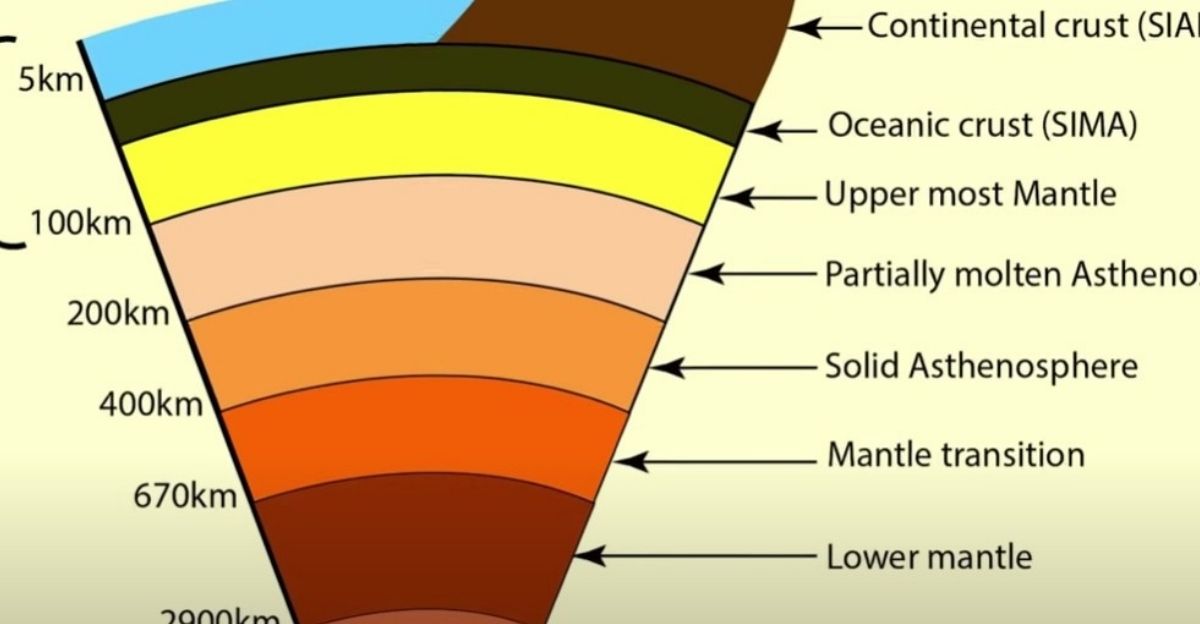
Another scientist conducting a study on the subject, Brandon Schmandt, suggests that the evidence also helps to point out that the Earth’s mantle is melting at a deeper level than we previously thought. According to Schmandt, we generally believed that melting happened closer to the Earth’s surface, around the 50-mile mark. However, the evidence of more H20 being found at deeper levels suggests that the melting is also happening at deeper levels, like the 400-mile mark. This holds startling revelations for the future of our planet.
Seismic Shuffle

The occurrence of water far beneath the Earth’s surface suggests that water plays a more important role in shaping the effects of seismic activity along the fault lines than we previously thought. In fact, some research from Washington University suggests that volcanoes that have more water present in their deep water cycles tend to be more explosive when they erupt. According to the NIH, water can also have a serious effect on the pressures affecting tectonic plates, reducing the pressure and causing slippage, leading to earthquakes.
How Did it Get There?

The discovery of evidence that points to the existence of water beneath the Earth’s surface also raises questions about how researchers believe water formed on our planet in the first place. While our previous notions are that water formed due to volcanic eruptions and trapped, volcanic clouds that condensed and caused the water to form in our oceans, the occurrence of a deep water cycle could challenge the notion, or at least make scientists question how much of a role it played in our planet’s water formation.
More Shifting than Expected
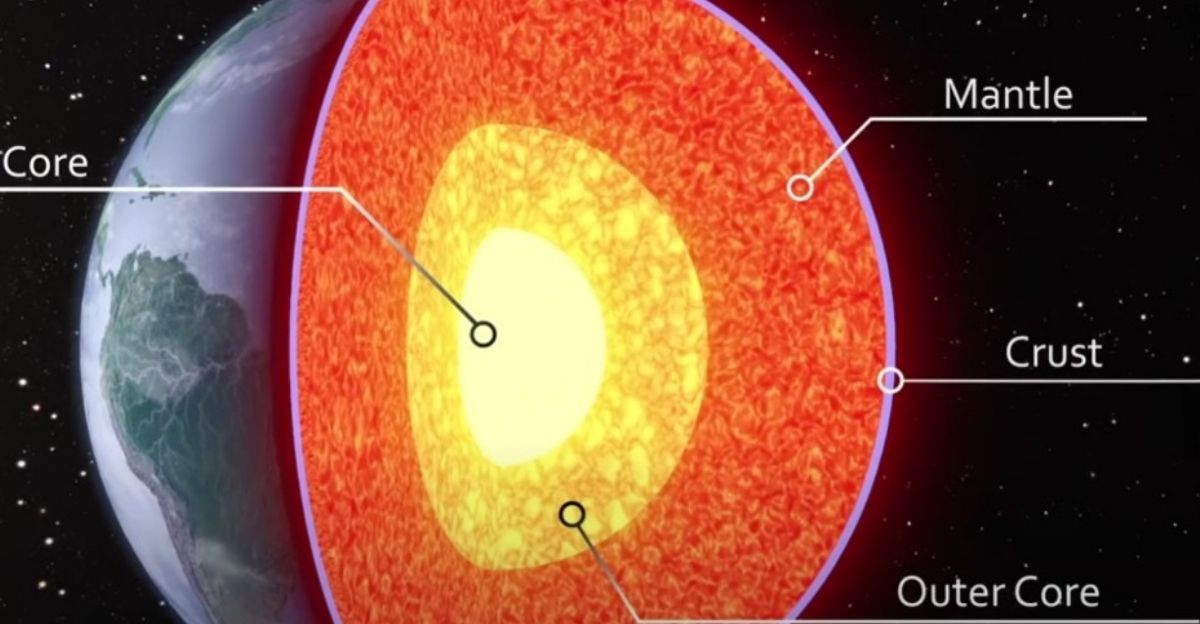
The evidence of ringwoodite in the diamond found in Botswana also gives geologists an interesting insight into how shifts happen deep below the Earth’s surface. Essentially, if a mineral could move up to the Earth’s surface from 400 miles below, there is evidence of more shifts of magma between the Earth’s mantle transition zone and its surface. This hints that there’s a lot more activity going on down there than we previously thought.
Cooling Quicker than We Imagined

The evidence of water around the Earth’s mantle transition zone is also raising alarms about the rate at which the Earth is cooling. Scientists believe that the water could be helping with the process of thermal conductivity, where minerals essentially channel heat out into the outer layers of the Earth’s crust from the core. As the core cools faster, it brings us closer to an inevitable fate – a barren planet that is unable to support life like Mars or so many of the other rocky planets in our solar system.
Our Role In Shaping This Process

While much of this process is directly tied to the natural flow of water and volcanic processes on our planet, and is largely out of our control, there are factors affecting the process of seismic activity at the subduction zones that we do have control over. For instance, according to the USGS, the injection of waste water into oil-drilling waste water holes can cause pressures to change in key subduction zones, leading to a shift in tectonic plates and the rise of greater seismic activity, essentially leading to things like earthquakes.
Moving Forward

However, the recent discoveries also help geologists form a better understanding of how the Earth’s geological patterns and processes could be formed in the future. The startling new insights help to give scientists a clearer and more defined view of how to predict the climate of our planet and how it may change in the future. The new data will also help astrophysicists develop more accurate models for determining possible life-supporting planets deep within the reaches of the known universe.
Deep Oceans Are Real

Ultimately, the discovery has helped to prove that the real oceans lie beneath the Earth’s crust. When compared to our oceans on the surface of the planet, it’s clear that the much deeper, more expansive mantle and crust of the Earth are likely to hold much larger amounts of water in various forms. As scientists dig deeper into the amazing mystery of the world below the surface of the Earth, their findings are revolutionizing the way we see our planet and its oceans. If you liked this article, be sure to check out our site for more!


